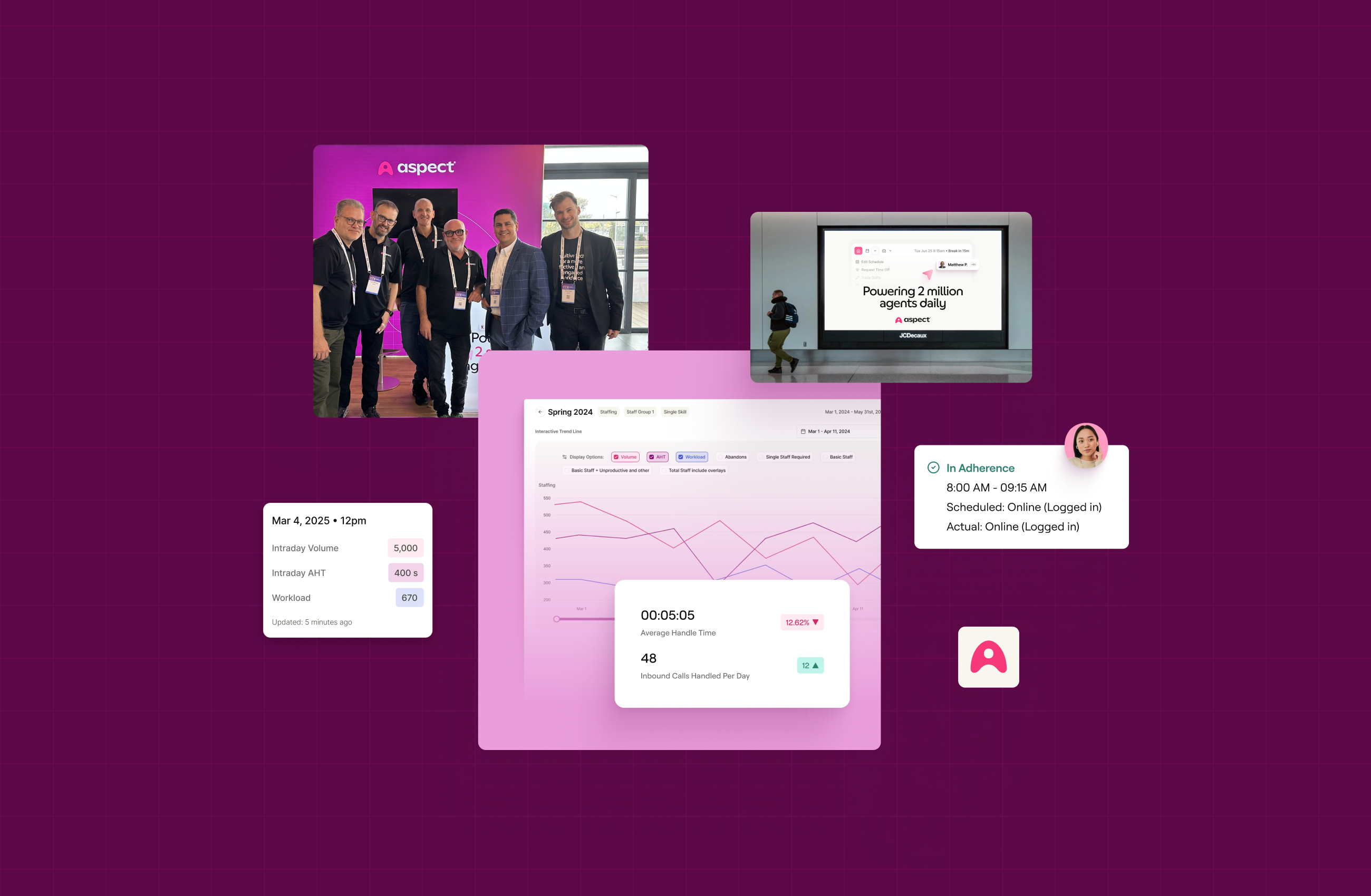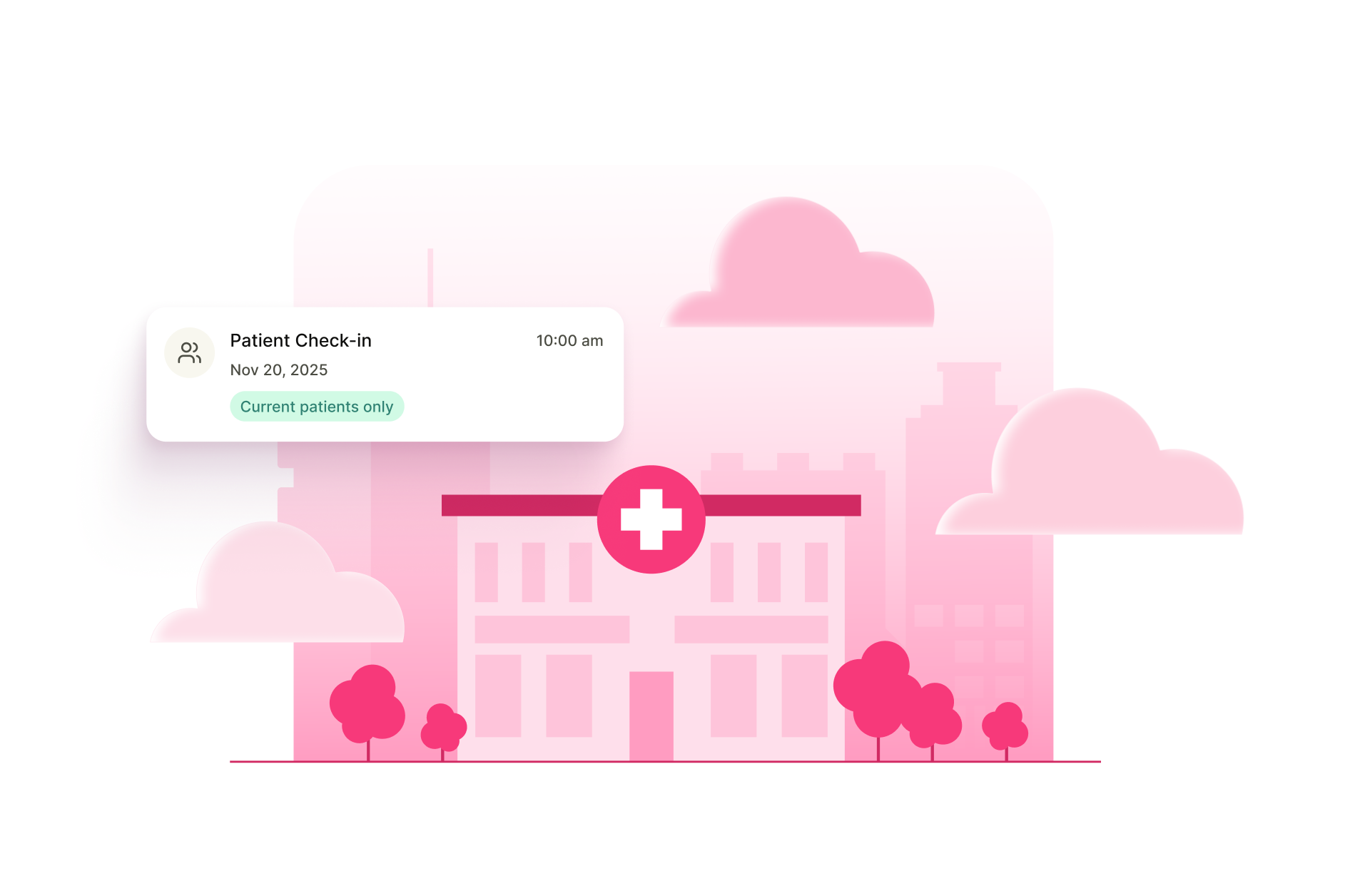In today's contact center environment, agent performance requires more than hitting call volumes or handle times. It demands a holistic strategy that blends Workforce Engagement Management (WEM), structured coaching, AI‑powered assistance, and gamification with smart workforce forecasting and workforce scheduling.
I grew up in the call center world, and learned early that sustained performance comes from a simple playbook: diagnose first, fix the system, coach with intent, and keep a steady feedback cadence. This deep dive combines the latest research and practical guidance to show how these capabilities work together to raise agent performance while strengthening operational efficiency.
What Is WEM and why does it matter?
WEM builds on Workforce Management (WFM) and Workforce Optimization (WFO) by focusing on the full agent experience. Beyond forecasting, scheduling, adherence, quality, and performance management, WEM adds feedback loops, surveys, e‑learning, coaching workflows, collaboration tools, recognition programs, and leaderboards. This people‑first layer recognizes that employee engagement and customer engagement move in tandem.
A 2025–26 global study found that three‑quarters of companies reported improved agent experience after implementing WEM, with employee satisfaction rising 18.4% and turnover falling by 4.7 percentage points—driven primarily by better forecasting and scheduling that created more predictable work patterns.
Organizations that outperformed peers on revenue, cost, and customer satisfaction were significantly more likely to use performance management within WEM, where quality management, coaching, and gamification correlated strongly with higher engagement and improved outcomes. The data is clear: WEM works when it combines operational discipline with people‑first design.
Coaching and performance management: Turning practice into results
Structured coaching is one of the highest-impact tools you have. The research backs it up: well-designed coaching programs lift agent productivity by 11–21%, improve handle time and call volume, and strengthen customer-facing behaviors like adaptive selling and problem-solving. But coaching only works when it's paired with the right mindset around performance gaps.
Most performance issues aren't effort problems—they're system problems. Training gaps, unclear expectations, burnout, life events, or poor role fit are usually the real culprits. The best first step? A private, empathetic 1:1 that surfaces blockers and co-defines what "better" looks like. Clarity, support, and communication do more to reduce disengagement than pressure ever will.
When a real gap exists, make your Performance Improvement Plan collaborative, not punitive. The best PIPs are growth-oriented: co-created SMART goals, clear measures, a realistic timeline, and the resources to succeed. Pair the plan with targeted training, a mentor, and regular check-ins. Celebrate small wins—momentum compounds confidence and performance.
How can managers turn coaching into real performance improvements?
- Set up coaching with clear goals, defined rubrics, and scheduled touchpoints.
- Tie coaching plans to live KPIs and surface trends from QM and analytics to personalize development.
- Track outcomes over time to attribute changes in KPIs to specific coaching interventions.
- Diagnose the "why" before prescribing the fix—most gaps are systemic, not individual.
- Keep PIPs collaborative and resource-backed, and celebrate progress along the way.
Further reading: Quality management practices to boost contact center performance.
Human‑centered augmentation with AI assistance
AI is changing how contact centers work—automating the boring stuff, surfacing the right info at the right time, and giving agents real-time help so they can focus on what matters without getting overwhelmed.
Studies show that AI guidance—like smart snippets or suggested next steps—boosts both response quality and efficiency by taking the mental load off agents.
AI assistance can also support better customer experiences. One study of a telecom company revealed that voice-based AI provided fewer complaints and better service, especially on straightforward calls. Sure, AI added a bit of handling time and passed more calls to humans at first, but complaints kept dropping—and certain customer groups really benefited.
How do you combine agent expertise with AI assistance?
- Think of AI as a helpful sidekick, not a replacement. It's there to speed up searches, walk agents through compliance, and suggest the best next move.
- Connect AI to your quality and performance data so it can serve up tips tailored to each agent's needs.
- Link AI insights into your coaching flow so supervisors can act on what they're seeing in real time.
Read more about Aspect's approach to building intlleigent , AI-powered workforce mangment soluitons.
Gamification: Turning everyday work into wins
Gamification—points, badges, leaderboards, and rewards—makes progress visible and boosts motivation. Research shows big gains in engagement, productivity, retention, and satisfaction when it's done right. Real-time feedback, public recognition, and personalized challenges turn routine work into meaningful wins.
But gamification software only works inside a feedback culture. Skip quarterly reviews—frequent, short check-ins win. Mix coaching with recognition, keep 1:1s and pulse surveys going, and watch retention climb.
Supportive managers more than double retention; disengaged ones drive turnover. Public recognition is one of the most memorable—and cheapest—ways to reinforce the right behaviors.
Performance sticks when people see a future. Make career paths visible, connect skill-building to real opportunities in QA, WFM, training, and ops, and use gamification to sustain momentum. That's how you turn a good month into a good career—and a call center into a talent engine.
What are the key principles for effective gamification?
- Tie challenges to controllable, business‑relevant KPIs.
- Balance individual and team mechanics to avoid perverse incentives.
- Rotate goals and rewards to prevent “leaderboard fatigue.”
Build predictability for agents with better workforce forecasting
Accurate workforce forecasting and smart scheduling are essential for running a solid operation and keeping agents happy. Using advanced forecasting methods—like ARIMA paired with statistical process control—helps you predict call volumes more accurately and make better staffing decisions, which cuts down on wasted labor and smooths out performance swings. At the same time, flexible scheduling that takes agent preferences, skills, and multi-channel demands into account reduces no-shows and turnover while boosting morale and productivity.
How can you improve workforce forecasting accuracy?
- Treat forecasting as a living system: monitor drift, recalibrate frequently, and segment forecasts by channel, queue, and seasonality.
- Adopt dynamic, intraday reforecasting and rapid schedule adjustment to align supply and demand.
- Give agents more control through preferences, shift swaps, and transparent adherence expectations.
Proving ROI and guiding action with measurable analytics
When agents feel supported, equipped, and recognized, they stay longer, perform better, and deliver measurably stronger customer experiences. To prove the value of your WEM, coaching, AI, and gamification investments, build a measurement framework that connects people metrics to operational and financial results.
Analytics to strategically guide ROI:
- Operational KPIs: CSAT, NPS, FCR, AHT, QA score, adherence, occupancy, schedule fit, shrinkage, transfer rate, and recontact rate.
- Agent experience metrics: eNPS, engagement survey scores, internal mobility, coaching completion and velocity, training time‑to‑proficiency, and voluntary attrition.
- Financial impact: cost‑to‑serve, revenue per contact or per hour, attrition and replacement cost, overtime and idle cost.
- Attribution and lift: Use interrupted time‑series or difference‑in‑differences designs to isolate the impact of coaching, AI assistance, and gamification on KPI movements. Track exposure (e.g., coaching sessions completed, AI prompts accepted) and correlate with performance changes to quantify causal lift and build the business case for scale.
Learn more about turning workforce data analytics into strategic decisions with measurable outcomes.
What could go wrong? Managing risk and change
Roll out tech without a solid plan, and you can end up hurting the very performance you're trying to boost. Here's what to watch out for:
- Be transparent about how things work: If agents don't understand how leaderboards rank them or why the AI is suggesting something, trust takes a hit. Keep the scoring logic clear and accessible.
- Don't obsess over a single metric: When you only measure speed or volume, people start cutting corners. Balance productivity with quality scores, customer satisfaction, and compliance to get the full picture.
- Respect privacy and follow the rules: Lock down agent data, limit who can access it, and stay aligned with labor laws and any union agreements. This isn't optional.
- Watch for burnout signals: Tighter monitoring and performance pressure can wear people down fast. Counter that with flexible schedules, real recognition, and breathing room.
- Train your leaders to lead, not just track: New tools mean managers need new skills—coaching frameworks, how to give feedback, how to celebrate progress. Launch with quick wins, gather agent input early, and adjust as you go..
Technology as a performance multiplier
Agent performance isn't just about hitting metrics—it's about creating an environment where people can do their best work. When you combine WEM, structured coaching, AI assistance, and gamification with accurate forecasting and flexible scheduling, you build a system that supports both agents and business outcomes. The research is clear: organizations that invest in these integrated capabilities see higher engagement, lower turnover, and stronger customer satisfaction.
The key is to approach technology as an enabler, not a replacement. Use it to remove friction, provide clarity, and create momentum. Diagnose before you prescribe. Coach with empathy and structure. Give agents visibility into their progress and a clear path forward. When you get the system right, performance takes care of itself—and you build a contact center that retains talent, delights customers, and delivers measurable business value.
Learn how Aspect’s unified WEM solutions drive better outcomes for your agents and your business. Request a personalized demo today.









